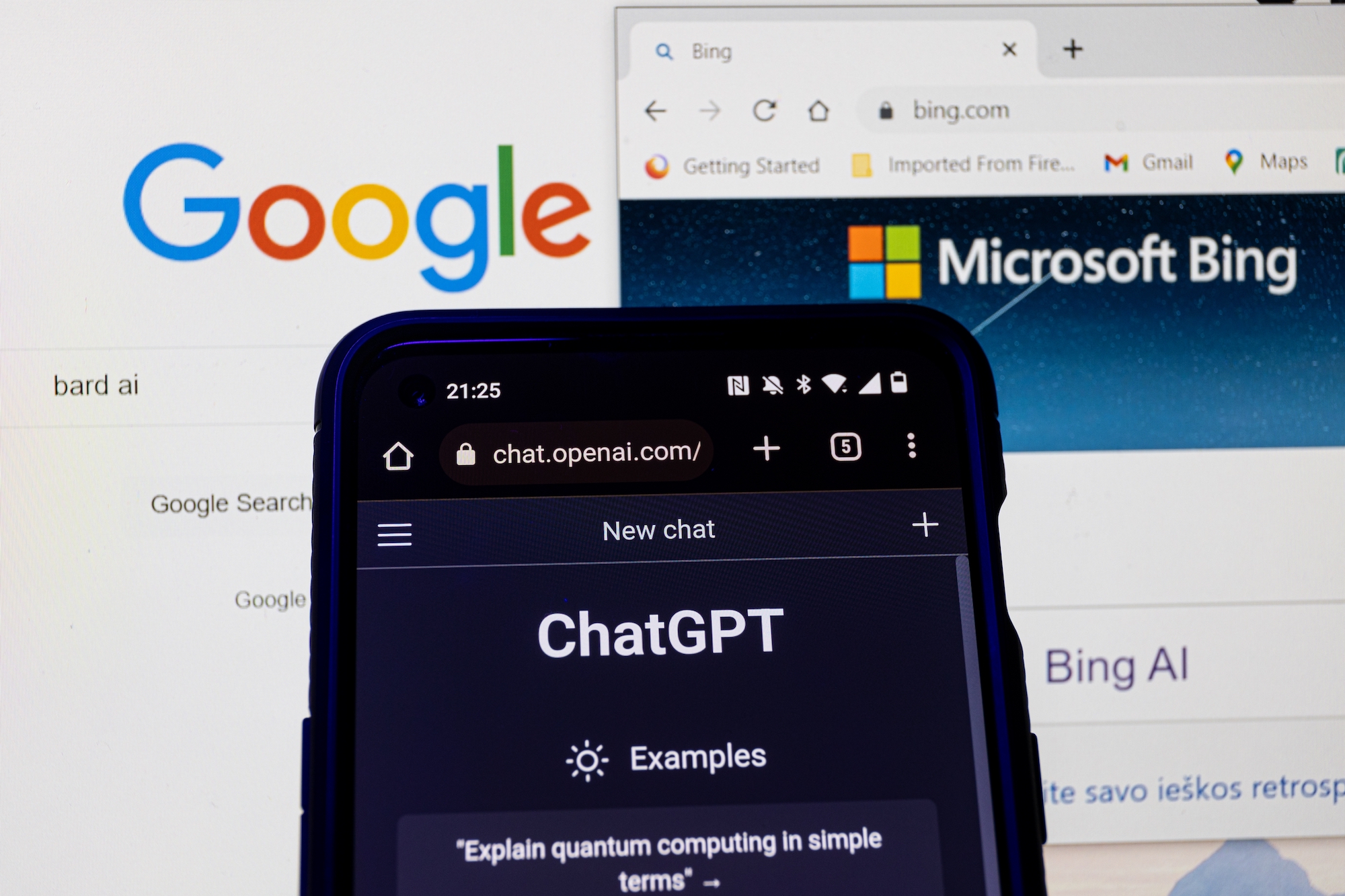Core Concepts
AI chatbots offer diverse responses, each with unique benefits and limitations, aiming to enhance productivity and content creation.
Abstract
AI chatbots like ChatGPT, Bing AI, Google Bard, and Claude+ were compared based on their responses to various prompts. Each bot showed strengths in different areas, providing sources, suggestions, or detailed answers. Users must verify the information received due to potential inaccuracies or outdated data.
Which AI Chatbot Generates The Best Responses?
Stats
ChatGPT provided 1,008 words initially and added 1,068 more upon request.
Google Bard drafted three posts on a single prompt.
Claude+ offered a lengthy response but only suggested three specific tools for productivity enhancement.
Quotes
Key Insights Distilled From
by Kristi Hines at www.searchenginejournal.... 03-28-2023
https://www.searchenginejournal.com/ai-chatbot-comparison/483091/
Deeper Inquiries
How can users ensure the accuracy of information provided by AI chatbots?
To ensure the accuracy of information provided by AI chatbots, users should adopt a critical approach. Firstly, cross-referencing the information obtained from AI chatbots with reputable sources is crucial. Users must verify facts and data independently to confirm the validity of the responses. Additionally, staying updated on current trends and developments in relevant fields can help users identify any outdated or incorrect information provided by AI chatbots. Implementing fact-checking processes before relying on AI-generated content for decision-making is essential to maintain accuracy.
Should reliance on AI-generated content be moderated due to potential plagiarism risks?
Reliance on AI-generated content should indeed be moderated due to potential plagiarism risks. While AI chatbots can assist in generating content efficiently, there is a risk of producing non-unique material that may lead to accusations of plagiarism if used without proper attribution or modification. To mitigate this risk, users should view AI-generated content as a starting point for inspiration rather than a final product ready for publication. By incorporating personal insights, original ideas, and conducting thorough checks for uniqueness using plagiarism detection tools, individuals can minimize the likelihood of unintentional plagiarism when utilizing AI-generated content.
How can AI chatbots evolve to provide real-time and accurate information beyond existing limitations?
AI chatbots have room for evolution to offer real-time and accurate information beyond their current constraints through several strategies:
Continuous Training: Regularly updating training data with recent sources will enable AI models to stay informed about new developments.
Integration with Live Data Feeds: Connecting AI systems directly to live data streams allows them to access up-to-the-minute information.
Enhanced Fact-Checking Mechanisms: Implementing robust fact-checking algorithms within the chatbot's architecture can improve accuracy levels.
Natural Language Understanding Improvements: Advancements in natural language processing technologies will enhance comprehension abilities leading to more precise responses.
Feedback Loop Implementation: Incorporating feedback mechanisms where users correct inaccuracies helps refine future responses.
By implementing these measures alongside ongoing research into cutting-edge technologies like transformer models and neural networks, AI chatbots can evolve towards providing real-time and accurate information while overcoming existing limitations effectively.
0
